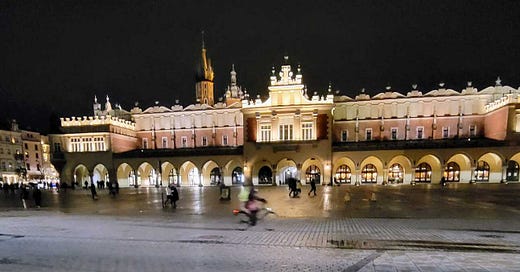Krakow: Poland's 'Cultural Capital'
The city that gave the world both Copernicus and Pope John Paul II is home to outstanding examples of Gothic, Renaissance and Baroque architecture and one of the world's oldest universities
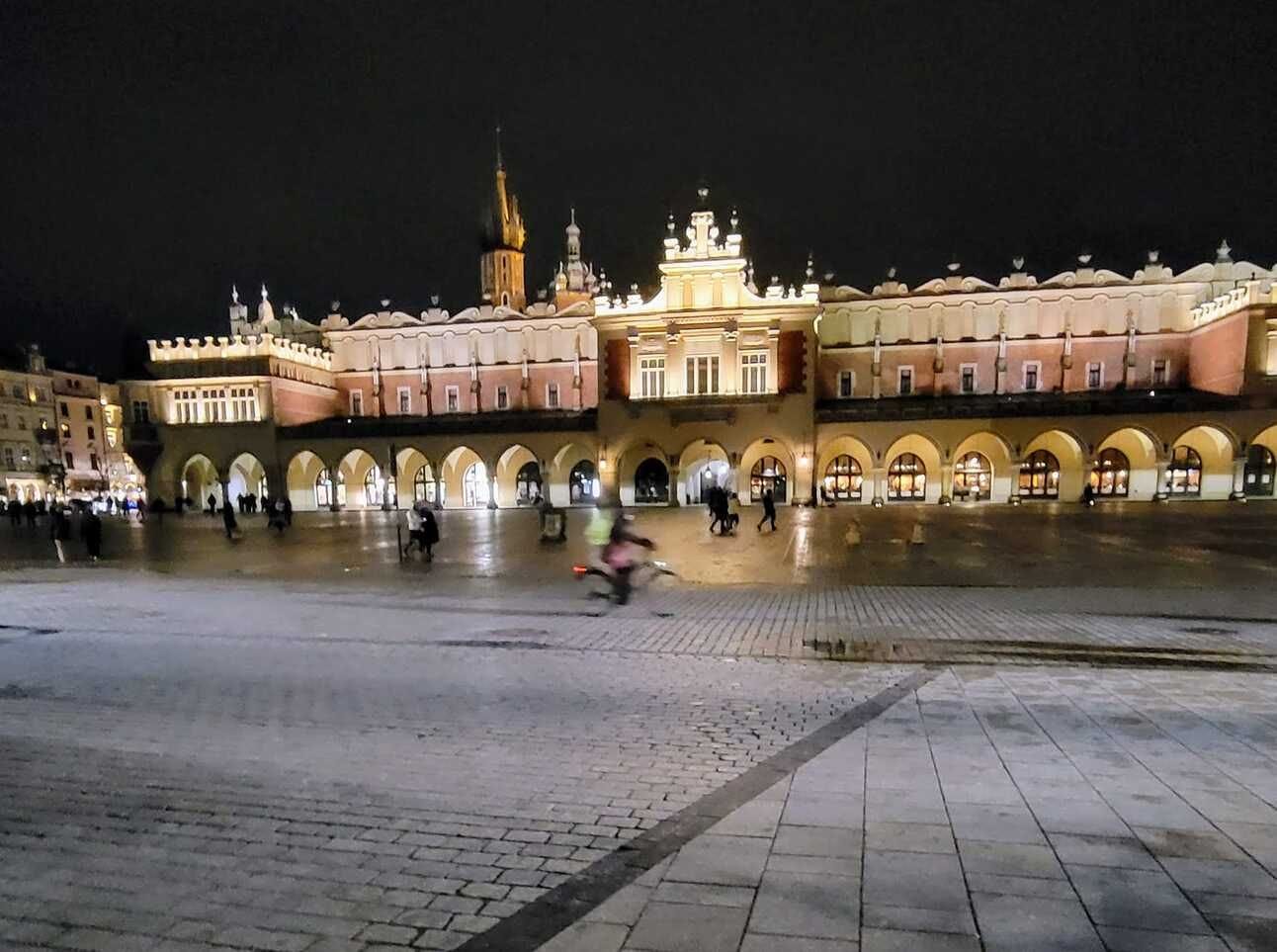
We got off our PKP Intercity Express train from Berlin just after 6 p.m. Even though it was February and well past sundown, the weather was clear and mild, so we decided to walk from the main train station, Krakow Główny, to our guest house in the Old Town.
Krakow is very pedestrian- and bike-friendly. The Planty is a city park and greenspace that traces the route of the old medieval city wall. It has a lot of walking and biking paths that are useful for both getting around and - in warmer weather - recreation.
There is also a good network of separated, paved bike paths running through the city. If you’re not up for that, the city also has an extensive tram and bus network that is affordable and easy to use. We bought a 72-hour transit ticket covering all local trams and buses for 50 zloty (about 12.30 US or 11.52 euros).
Know Before You Go
If you are worried about not speaking Polish, don’t be. We have had no problem navigating almost everywhere here in English, with some few basic Polish phrases to be polite.
Spending money is a little more complicated as Poland does not use the euro, but instead their own currency - the zloty. One zloty equals about 0,23 euro or $0.25.
I used my German debit Mastercard to get Polish currency at the local ATMs. Most stores in Krakow also take credit cards or cashless payments, so I could just charge meals and shopping and didn’t have to worry to much about converting to the local currency.
One thing to be aware of is that if you use a credit card, you may be asked whether you want to do the transaction in Euros or zloty. At first, I chose euros because that is what my home currency is - but I later learned that you may lose money on the exchange rate. When possible, choose zloty to stay with the local currency and avoid a currency conversion charge by the third-party processor on the business’s side.
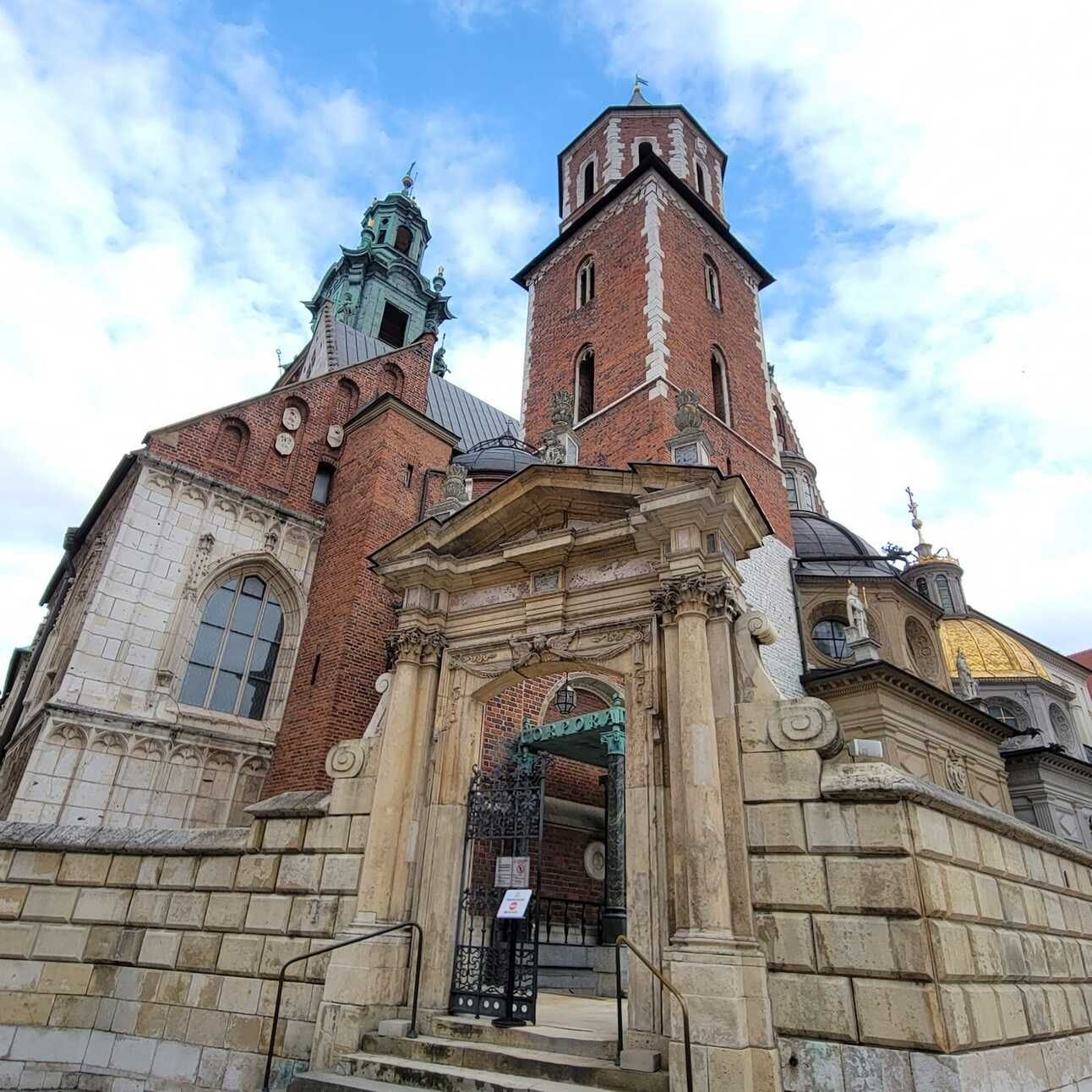
Where to Stay
We stayed for four-nights at the Globtroter Guest House located in the back of an apartment building near the Chopin Concert Hall, just maybe a two-minute walk from the Rynek Główny (Main Market Square). The accommodations there are very simple, but clean. And they do have free wi-fi.
I like staying in old buildings with the old carved wooden doors and ornate staircases, and marble floors. But you do have to be prepared to carry your bags up - no elevator, and no amenities. They did have a water kettle in the room as well as a selection of tea and instant coffee so I could get out the door in the mornings. And the guest house rooms surround an interior courtyard and garden and many rooms have a balcony overlooking it. It was very nice and quiet there at night, which I appreciated.
If you like your home base a little less historic and a little more fancy - or maybe with a bit more nightlife - there are several major hotels all also within the Old Town and within walking distance of the market square.
Must See/ Do
The Cloth Hall. Known as the Sukiennice, the hall was built in the 13th century to allow traveling merchants to sell their wares. At the height of Krakow’s power as an international center of trade in the 15th and 16th centuries, merchants from all over Europe and Asia met there to sell things like spices, silk and leather, while taking away local products like salt, textiles and lead. Today there is a market on the lower level of the hall and the upper level houses a museum dedicated to Polish painting and sculpture.
St. Mary’s Basilica. A Gothic church built in the 14th century, featuring a wooden altarpiece carved by Veit Stoss and vibrant polychrome murals designed by Jan Matejko. The church is also the site of the Hejnał mariacki (St. Mary’s Trumpet Call), which a trumpeter plays from the top of the church tower every hour on the hour - 24 hours a day. The tune ends abruptly to commemorate the trumpeter shot by an arrow in 1241 after playing to warn residents of an invading Mongol army. The noon call is broadcast throughout Poland every day by a local radio station.
Wawel Castle and Wawel Cathedral. The oldest part of Krakow, Wawel Hill sits on a limestone bluff overlooking the Vistula River. For centuries, the seat of power for Polish kings and religious leaders, the hill complex has a number of historic buildings, most notably the Wawel Castle complex built by King Casimir III the Great, and the Wawel Royal Cathedral, where many of Poland’s kings are interred.Pope John Paul II was formerly the archbishop of Krakow and celebrated his first mass in Wawel Cathedral. There are several monuments to him throughout Krakow, including one on the lawn near the church.
Historical Museum of Krakow. Krakow was the capital of Poland from 1038 until the seat of government was moved to Warsaw in 1495. For many Polish people, it is still the cultural heart of the country.Reflecting this, the HMK is not just one museum, but many branches at the major historic sites throughout the city. Of these, the Rynek Underground is a good option for younger visitors who may think they “don’t like museums.” Located several meters underneath the market square, the underground exhibits contain relics of Krakow’s medieval past that were discovered during archeological excavations, including the foundations of some of the houses from the 12th and 13th centuries, and the brick walls of older buildings that used to line the square above.
Kazimierz. Krakow’s historic Jewish quarter was an independent city until the 18th century. Beginning in the 13th century, it emerged as a center of Jewish culture and academia in Europe and flourished for the next 700 years. The Old Synagogue, built in the 15th century and housing the Jewish Museum is a key landmark. The Galicia Jewish Museum nearby contains several photo exhibits that detail Jewish life and history in southern Poland, from the early beginnings to the modern day. Since the fall of Communism, there has been a resurgence of interest in Kazimierz, with many art galleries, cafes and bars opening in the district. A popular weekend market is centered around the Plac Nowy.
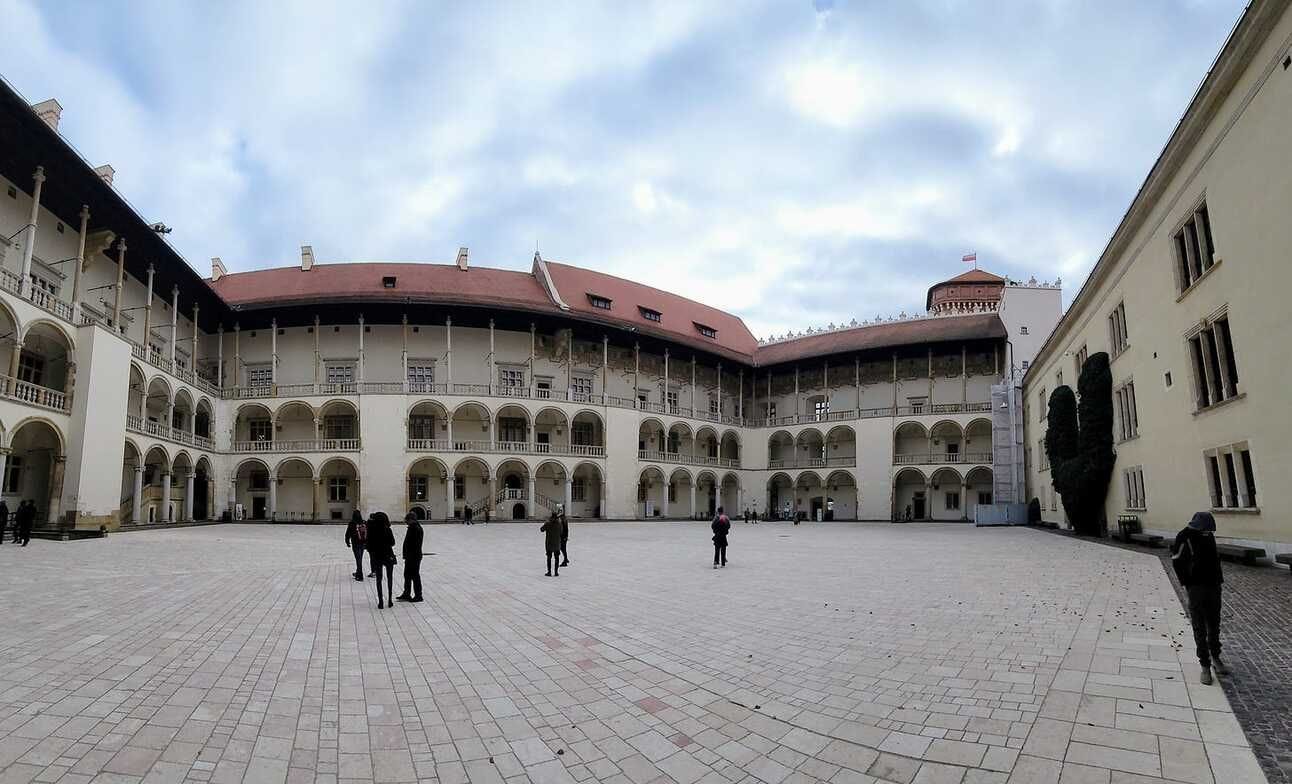
The Schindler Factory Museum. Oskar Schindler’s enamel factory, which was immortalized in the movie Schindler’s List, was located in the Zablocie district of Krakow. The buildings now house a contemporary art museum and a museum dedicated to the story of the Schindler and the factory workers.
Wieliczka Salt Mine. Located about 14 kilometers outside Krakow, the Wieliczka Salt Mine produced table salt more over 750 years, from the 13th century until its closure in 1996. During that time, miners excavated several different caverns for both practical and recreational uses. The caverns also feature elaborate carvings and statues, all made of salt. Guided tours are available in multiple languages.
Jagiellonian University - Founded in 1364 by the aforementioned Casimir III the Great, Jagiellonian University is the 13th oldest university in the world in continuous operation. Its library is one of the largest university libraries in the world and houses several medieval manuscripts, including De Revolutionibus by noted alumnus Nicolaus Copernicus.
Cruise along the Vistula. - If you’re visiting Krakow during the warmer months, a cruise along the Vistula River is a great way to see a lot of the city’s historic sites. We were there in the off-season, so I can’t give a personal recommendation. But I always think seeing a city from its main waterway is a great opportunity to get a new perspective.
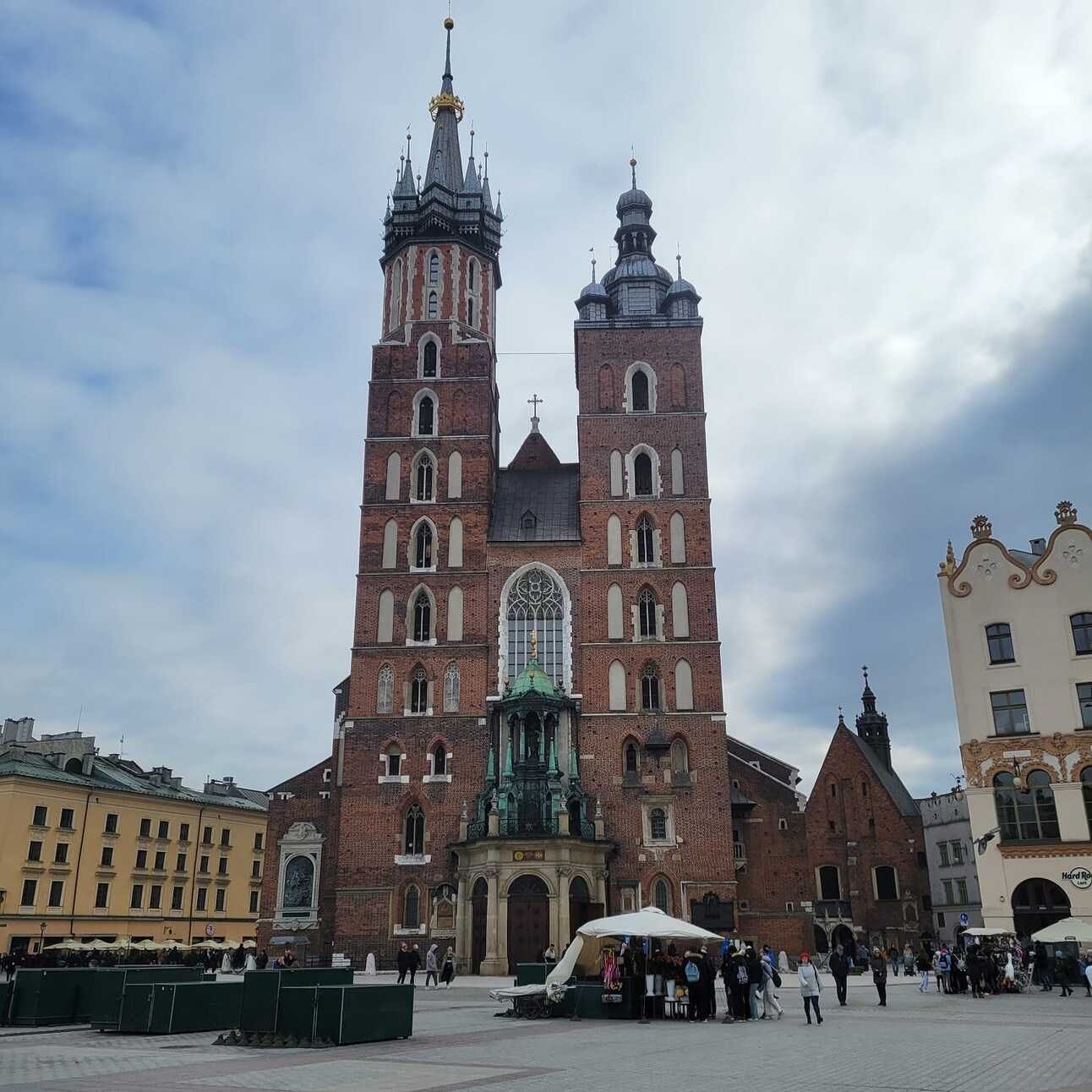
What to Eat + Where to Eat It
Obwarzanek Krakowski. This large ring-shaped bread is sold from food carts all over the city. To me, it tastes like a cross between a soft pretzel and a bagel. They are delicious, cheap and easy to find when you are out and about.
Zapiekanki. This is often referred to as Polish pizza, but it is more like an open-faced baguette sandwich with toppings and melted cheese served warm. Kind of like a French-bread pizza … but not. Still they are very tasty. Highly recommend. Especially from Zapiekanki Królewski on Plac Nowy in the Kazimierz neighborhood.
The Gossip Cafe. Delicious breakfasts - with everything from yummy omelettes to pancakes and bagels. They also offer great pierogis, paninis, salads and soups for dinner. They were right around the corner from our guest house and we ate breakfast there multiple times!
Manzana. A Mexican restaurant and tapas bar that was almost right next door to where we were staying. Normally, I focus on trying the native cuisine of whatever city I am visiting. But, this was our last night in Krakow. It was pouring rain. And we had just gotten back from spending the whole day at the Wieliczka Salt Mine. One of the employees was standing outside handing out menus to people walking by. We went in and had delicious tacos (my son) and chicken tortilla soup (me) as well as fresh chips and salsa. I posted a photo to Instagram of the only authentic margarita I’ve had since leaving the States.
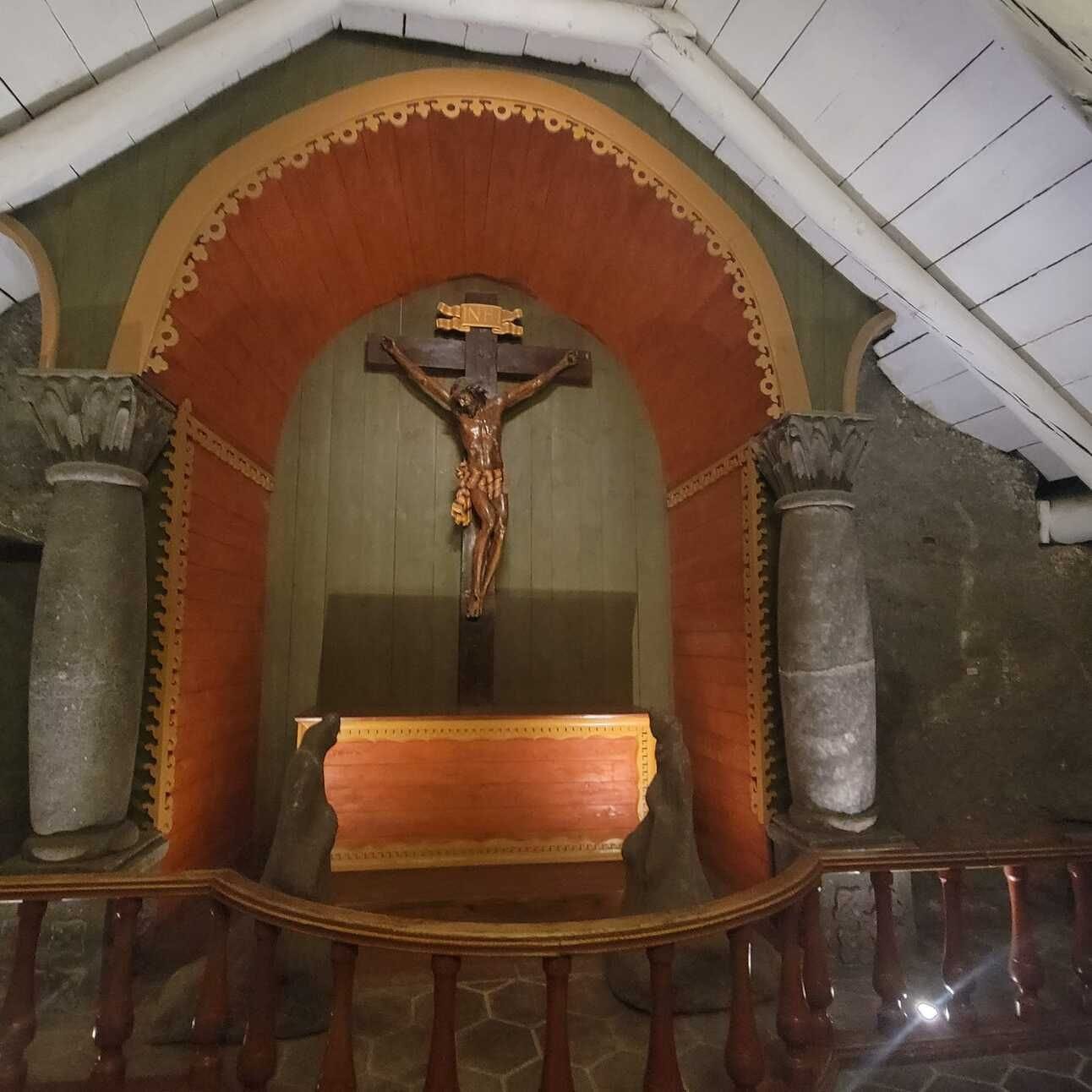
More Information
You can find more information about visiting Krakow at these sites. And I’ll update this article with more information and recommendations from future visits.
In Your Pocket: Krakow City Guide
UNESCO World Heritage Convention: Historic Centre of Krakow
Emily’s Guide to Krakow x Krakow Explorers
A note about visiting Auschwitz
One major site that most people visiting Krakow choose to do is make a day trip to the nearby town of Oświęcim, to see the Auschwitz-Birkenau concentration camp complex.
We did not end up visiting this time due to a combination of factors that I didn’t know about before we came. So I am writing about them here, so you can make a better plan.
First, the Auschwitz - Birkenau Memorial and Museum is a state museum run by the government of Poland. In order to maintain the security and integrity of the site, all visitors must have a entrance pass issued by the museum office.
If you book a visit through an authorized tour company, they will have already obtained the entrance passes for their participants. You can also visit the site as an individual, but the numbers of passes each day is limited. And I think individual visits are limited to certain hours in the morning and later in the afternoon after the groups visit.
There is no charge for admission, but they recommend viewing the memorial with the help of a trained guide-educator and there is a fee for that. Also, the museum administration recommends that all visitors be at least age 14. My son was 13 at the time.
I felt that he was old enough and mature enough to go and would be respectful. On the other hand, he is particularly sensitive emotionally, and sometimes disturbing events and images stay with him and he can’t get them out of his head.
Two of the tour operators that I spoke to would not accept children under the age of 14 on their visits, at all. Others would, but they were large groups, and I just wasn’t sure I was comfortable with that.
The estimated length of the guided tours is 2.5 hours at Auschwitz I and then another hour and a half at Auschwitz II (Birkenau). I have read on some travel forums that visits to the memorial museum contained some graphic images and materials and could be very overwhelming, even for adults.
You don’t just see the buildings. The museum still has all of the luggage left by the people who were inmates at the camp, to give one example. People sent to the camp were told to write their names on the outside of their suitcases so that they could easily be returned to them later - even though the camp leaders knew that they would never get their belongings back.
There are piles of shoes and clothes - even dentures and dental work - removed from the bodies of the victims. One room has a pile of human hair, hair that was shaved from the heads of the people who were killed there.
If we needed to pause or leave, there’s no way to do that as part of a large group.
When I went to book individual passes on our own, there were not enough passes available for the days that we could visit.
I still have mixed feelings about not going at this time. I feel strongly that it is something that we have to see to truly understand the scale of what happened. The Shoah is too difficult to conceive of and too easy to minimize, as more time passes.
But everyone has to use their best judgment about when and how to educate their families.
If I had to do it again, I would know to reserve entrance passes ahead of time, and plan other activities around that, so that we could go ourselves with a guide educator and not as a large group.
That’s my update for Monday.
On Friday, I’ll have another one from the archives on rent controls and Berlin’s housing market. Do you have a Berlin topic or travel issue that you’d like to see covered? Drop me a comment and I’ll get on it.
Have a good week!


